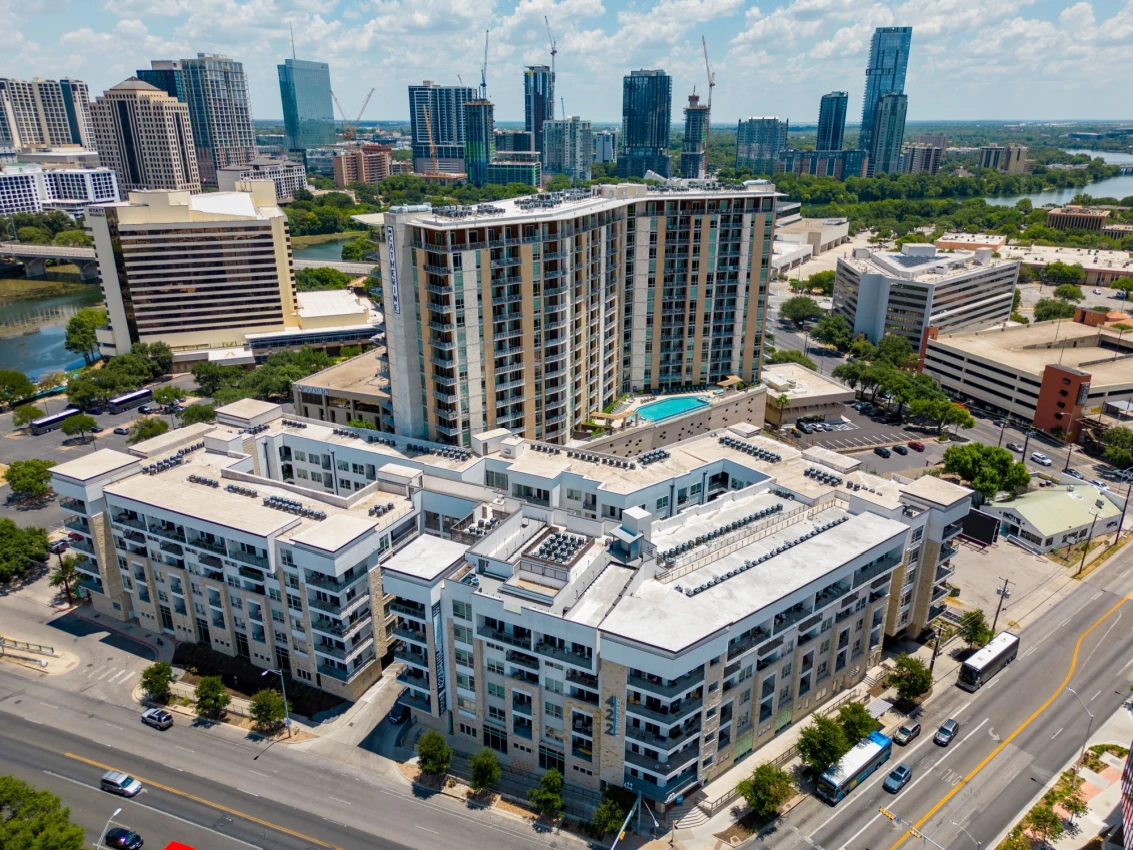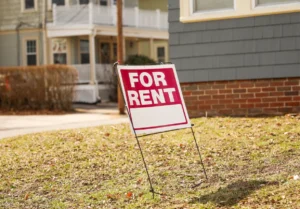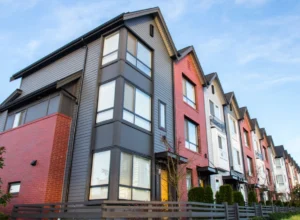It’s a simple truth that’s becoming impossible to ignore: renting isn’t just a short-term lifestyle choice anymore, it’s a financial strategy (or must) for millions of Americans. For passive investors in multifamily real estate, this represents a powerful opportunity.
According to CBRE’s 2025 U.S. Real Estate Market Outlook, newly originated mortgage payments are 35% higher than average apartment rents. Even with declining interest rates, buying a home remains out of reach for many, especially in high-cost metros. That delta is more than a temporary mismatch. It’s a sustained trend that’s shaping where, and why, people are choosing to rent long-term.
Let’s unpack the top markets where renting just makes the most sense and why these metros deserve your attention as a multifamily investor.
1. Los Angeles and Austin: The Epicenter of the Cost Gap
In both L.A. and Austin, the cost to own a home is more than 2.5x the cost of renting. While the appeal of homeownership remains strong culturally, financially it’s a stretch for many. These markets are characterized by high property values, strong job markets, and growing populations, all driving sustained renter demand.
Investor Insight: These metros will continue to see high occupancy and stable rent growth, as renters remain priced out of ownership.
2. Phoenix, Salt Lake City, and Nashville: Shrinking Supply Meets Surging Demand
These high-growth markets are seeing the fastest compression in the cost-to-buy premium. With multifamily construction down significantly, by 74% from its 2021 peak, the pipeline of new inventory is shrinking just as renter demand continues to rise.
Investor Insight: As construction slows and demand holds firm, expect upward pressure on rents and declining vacancies, both critical factors for long-term returns.















 Accessibility
Accessibility